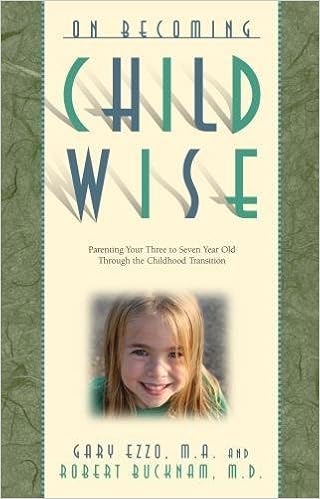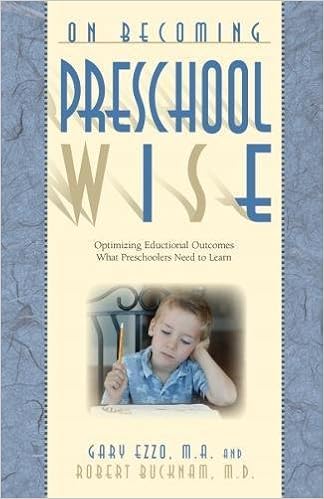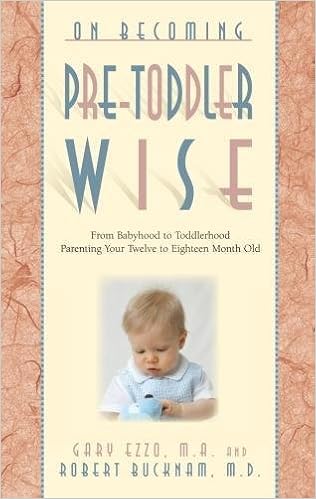Learn why the Babywise PDF (Parent Directed Feeding) philosophy is so empowering and enables parents to help babies sleep through the night young.

Parent Directed Feeding (PDF) is a basic point to understand when following On Becoming Babywise

So what exactly is PDF?
PDF is an acronym for Parent Directed Feeding. As Babywise puts it, “PDF is the center point between hyper-scheduling on one extreme and attachment parenting at the other” (page 36).
Hyperscheduling is a feeding philosophy that basically says, “you will feed your baby every three hours.” That is it. No caveats. No, “unless….” Just every three hours (or whatever time table has been set). This is done no matter what other cues are present. The clock rules the feeding schedule.
This is what many people erroneously believe the Babywise method to be. Babywise is not hyperscheduling. It is Parent Directed Feeding.
Attachment Parenting is more than would fit on one post, but so far as feeding goes, you basically offer baby the breast every time baby cries, even if it has been only 10 minutes since baby last finished eating. Time is of no consequence. Many attachment parents will say that they know baby isn’t really eating much if it has been 10 minutes since he just ate. That isn’t really the point of them offering the breast.
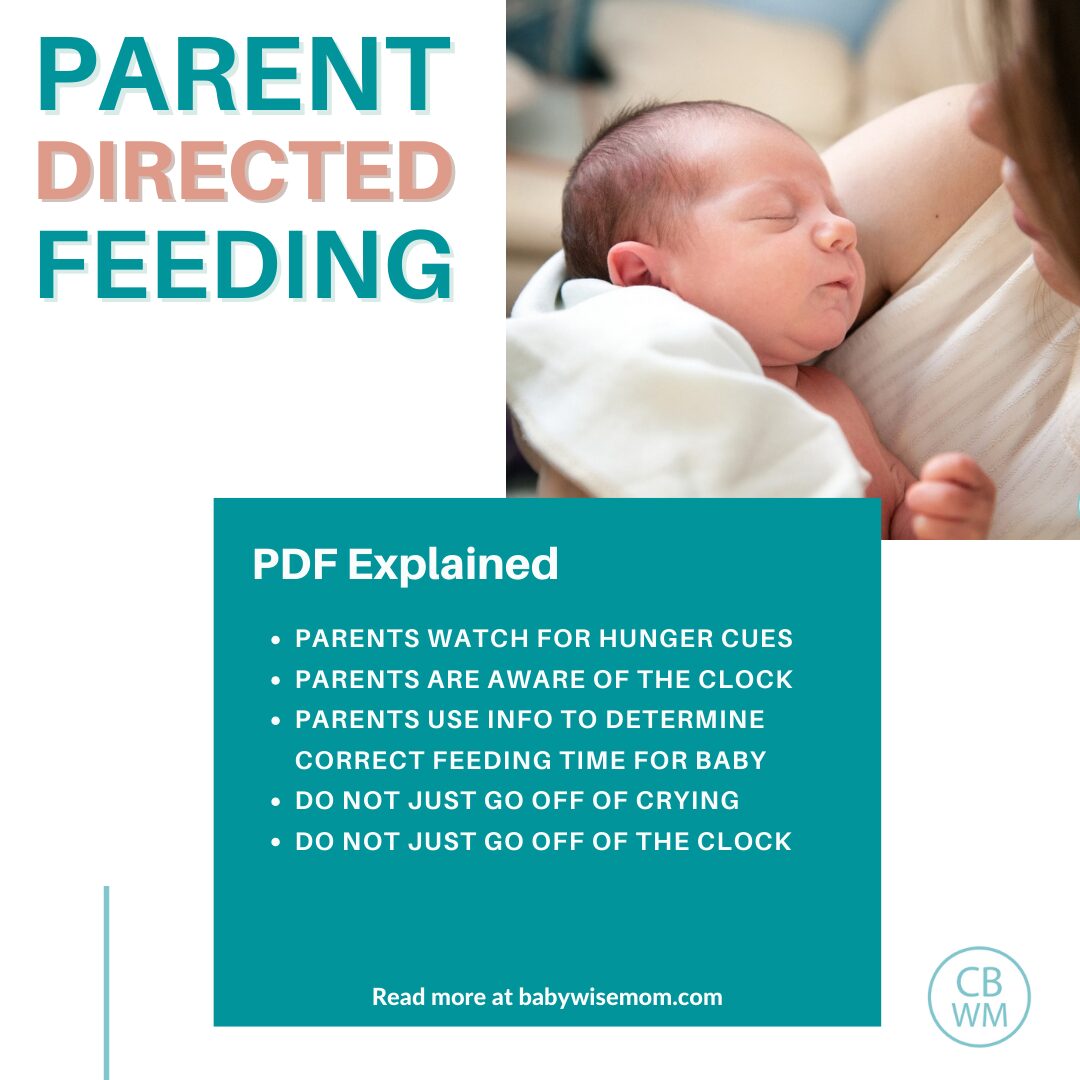
Post Contents
- Babywise PDF Parent Directed Feeding
- Parental Assessment Explained
- The Clock Explained
- Hunger Cues Explained
- Have Babywise Success!
- Thank you!
- How To Use All Three Factors
- Conclusion
- RELATED POSTS
- How to Do Babywise
- A Complete Summary of the Babywise Method
- How To Prepare for the Birth of Your Babywise Baby
- Sleep Training According to Babywise (Baby Wise)
- How To Go Out With Your Babywise Baby
- Adjusting for Context Using Babywise
Babywise PDF Parent Directed Feeding
Parent Directed Feeding is the center point between hyperscheduling and attachment parenting. That means it falls in the middle. With PDF, parents consider both the cries of the baby and clock. That means sometimes, you will be feeding baby sooner than the “clock” says it is time. That also means you will sometimes be feeding your baby before she cries to be fed. Parents are to “use parental assessment to decide when to feed based on actual need” (page 37).
Read: Babywise Instructs Parents to Feed Baby When Hungry
Page 39 reveals the simple equation for the PDF parent:
Hunger Cue + Clock + Parental Assessment = Feeding Time
So what does that mean in non-mathematical terms?
This is an equation to tell you when you should feed your infant.
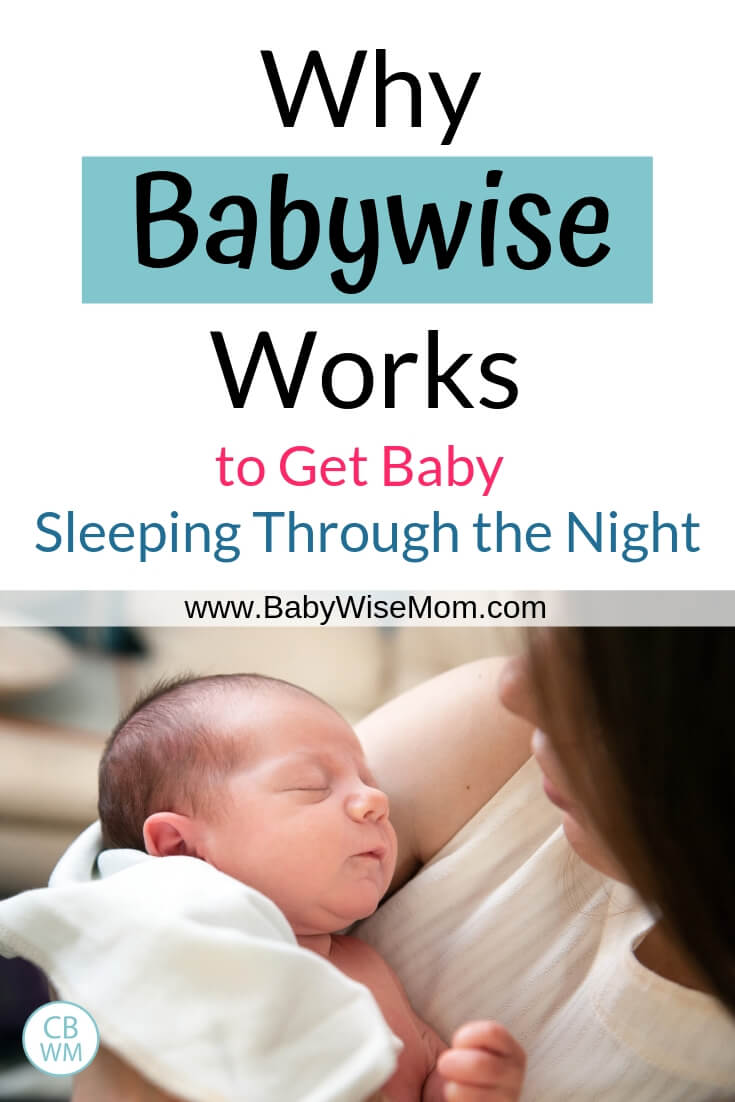
Parental Assessment Explained
Parental Assessment is you. You are the parent. You analyze the situation and make an intelligent decision based on what you see and what you know. You factor in many variables.
You know what? Sometimes you will be wrong. Sometimes you will think, “My baby is hungry.” And when you try to feed her, she will refuse to eat. You will take that and apply it to your experience base and try to remember that the way she was acting does not mean that she is hungry.
Sometimes you will think, “She isn’t hungry. She is tried.” And after you spend 15 minutes trying to get her back to sleep, you will come to realize she probably is hungry, so you will feed her and she will eat a full meal.
So parental assessment doesn’t mean “without mistakes.” You are human. You will mess up sometimes. Take it as added experience. Learn from it. As you get to know your individual baby better, you will get it right more often. Just correct your mistake, learn from it, and move on.
The Clock Explained
The clock is an amount of time that has passed since the last feeding. For a normal weight, healthy newborn, you will know she will need to eat about every 2.5-3 hours. You keep track of when she is eating and factor that in while you are making your parental assessment.
Having regular feeding intervals is one of my 9 points in my post How To Do Babywise. Consistency is very important. With that said, be sure you are setting up a baby feeding schedule that is best for your baby. There can be a variation to your intervals. If baby is always hungry at 2.5 hours rather than 3 hours between two certain feedings, make that interval part of the routine.
Read: How To Feed a Sleepy Newborn
Hunger Cues Explained
There is also the factor of hunger cues. Is she acting hungry or not? These cues include crying, waking up, and rooting. Your baby might have other cues, also.
Sometimes, you will be feeding baby sooner than the normal 2.5-3 hours. That is fine. That is 100% normal–especially during growth spurts. Sometimes you will be waking your baby up at 3 hours to eat. Again, normal for some babies.
Read: Reasons for Feeding Sooner than 2.5 Hours
Sleepy babies might not signal for food. McKenna didn’t for a long time. Other times, you will attempt to wake your baby up at 3 hours and she will refuse to wake up. Try not to stress out about it. Give her another 30 minutes and try again.
How To Use All Three Factors
Now you understand each factor in the Parent Directed Feeding theory (or PDF). Let’s look at the equation again:
Hunger Cue + Clock + Parental Assessment = Feeding Time
As you are assessing when to feed baby, keep in mind “When hunger cue is present, the clock is submissive to the cue, because the hunger cues, not the clock, determine feedings” (page 40).
This means that if you are planning to feed at 3 hours and the clock says 2.5, but baby is hungry, the hunger cue wins and you feed baby at 2.5 hours.
Get your copy of the Babywise books here:
Conclusion
Following Parent Directed Feeding is a great way to set up solid sleep schedules. Your little one will get hunger patterns stabilized and be able to take great naps and have a predictable schedule.
Set a daily schedule. Plan out when baby will eat and when baby will sleep.
Follow that as closely as possible. When baby shows hunger cues that interfere with your schedule (or the clock), you assess and decide if baby is indeed hungry. If so, you feed baby. As the parent, you always have the freedom to adjust baby’s schedule for what baby needs in any given moment.
That is the beauty of the Babywise PDF method. This is why Babywise works. You feed baby when hungry. Only when hungry. If baby isn’t hungry, you do not offer food to try to soothe the crying baby. If baby is hungry, you feed baby. Because you are listening to baby’s actual needs, you are able to set baby up to achieve milestones like sleeping through the night at a much younger age than she would if you ignored her needs in either direction.
Babywise sets you up for success!
RELATED POSTS
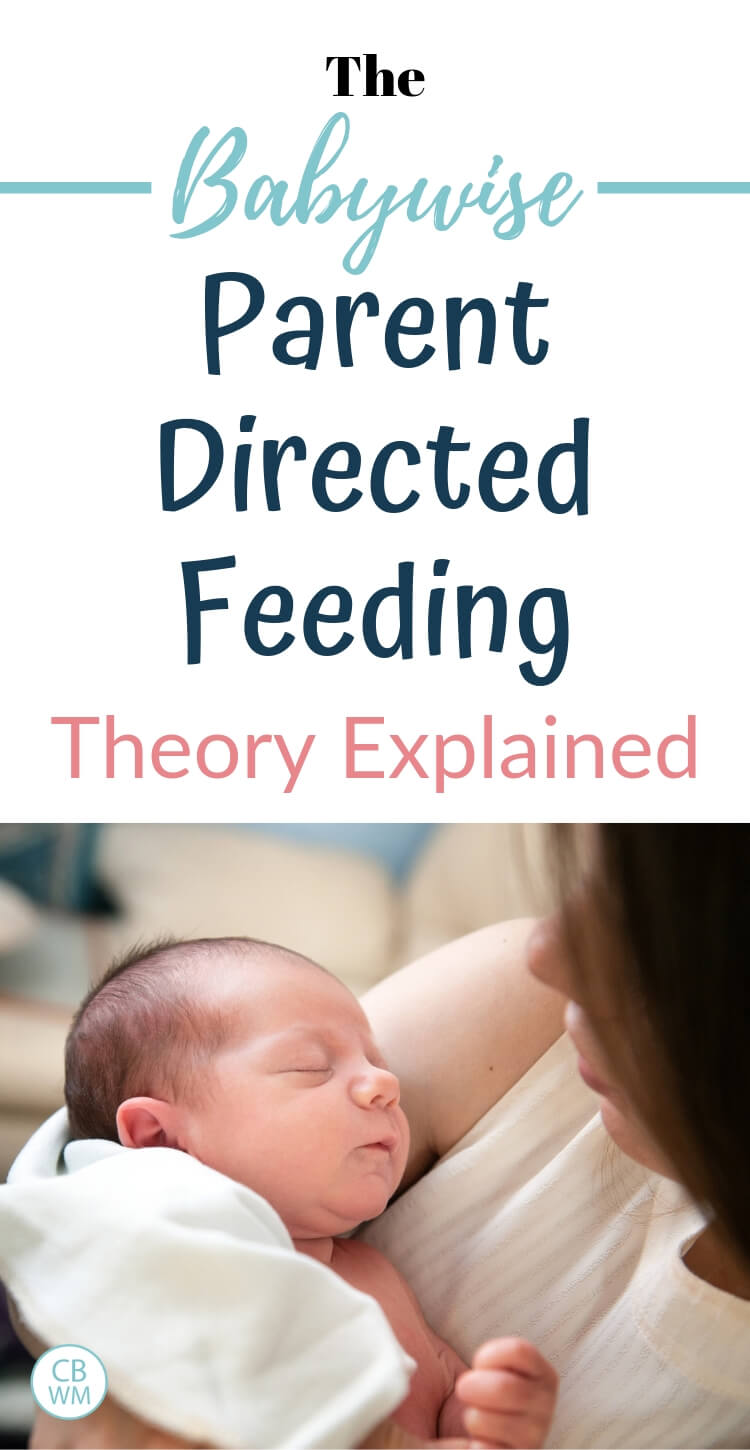
How to Do Babywise
How to do Babywise tips from the Babywise Mom. How to use the Babywise method to get baby sleeping. Everything you need to be successful with Baby wise!
A Complete Summary of the Babywise Method
Babywise method summarized. A Complete Summary of the Babywise Method. Everything you need to know about On Becoming Babywise. Learn what it is all about and how to successfully implement it.
How To Prepare for the Birth of Your Babywise Baby
6 tips to help you prepare for the birth of your Babywise Baby. What to read, what to physically prep, and what to plan on and plan for.
Sleep Training According to Babywise (Baby Wise)
Learn the life-changing Babywise sleep training method that will give you back your sleep. This powerful sleep strategy gets baby on a schedule.
How To Go Out With Your Babywise Baby
How To Go Out With Your Babywise Baby without ruining the routine. Tips for being flexible with your Babywise baby.
Adjusting for Context Using Babywise
How to be flexible when using On Becoming Babywise. Eleven examples of a Babywise Mom adjusted for context when the situation needed.






